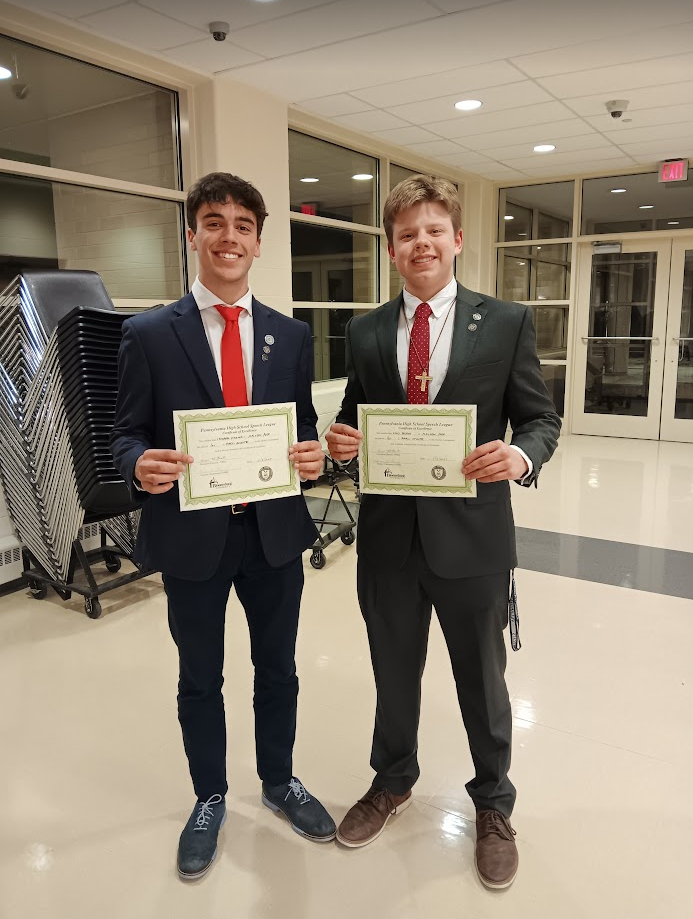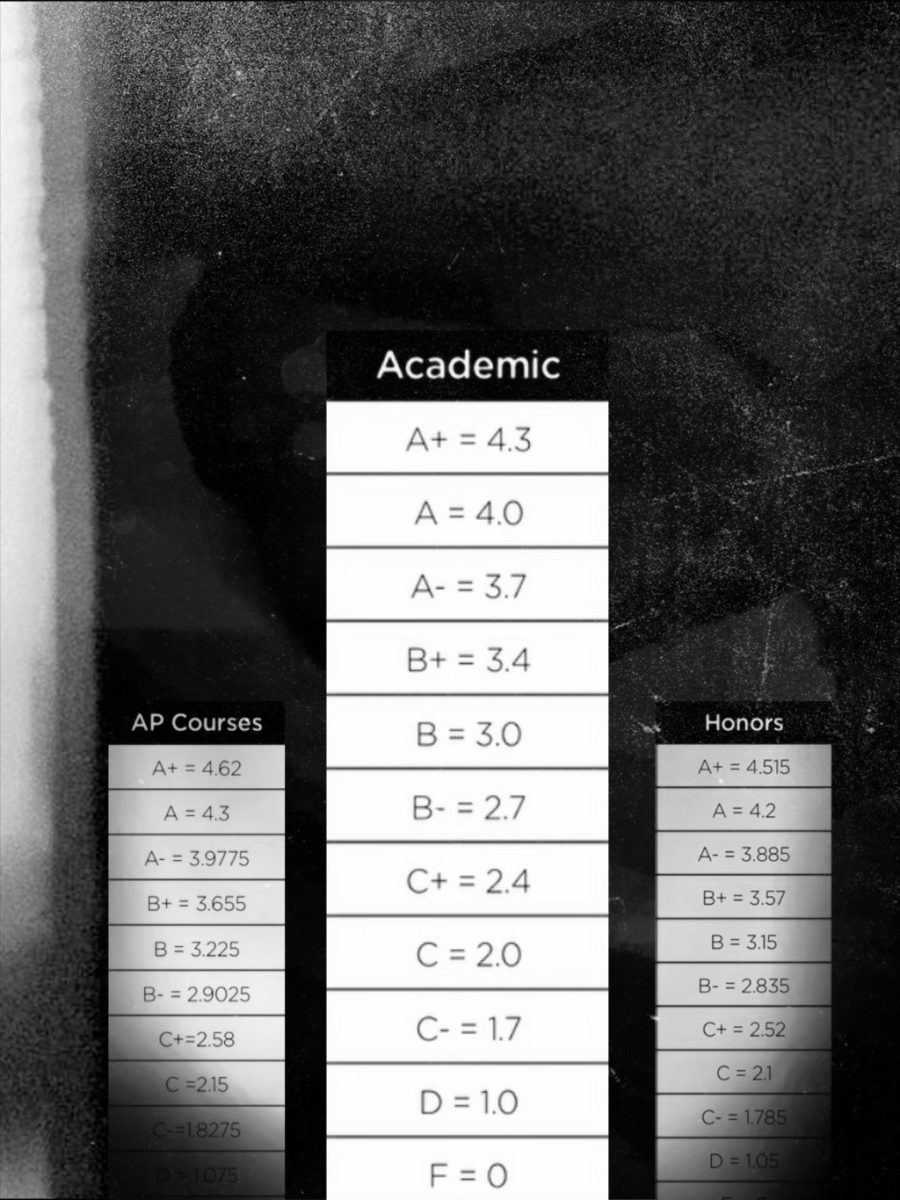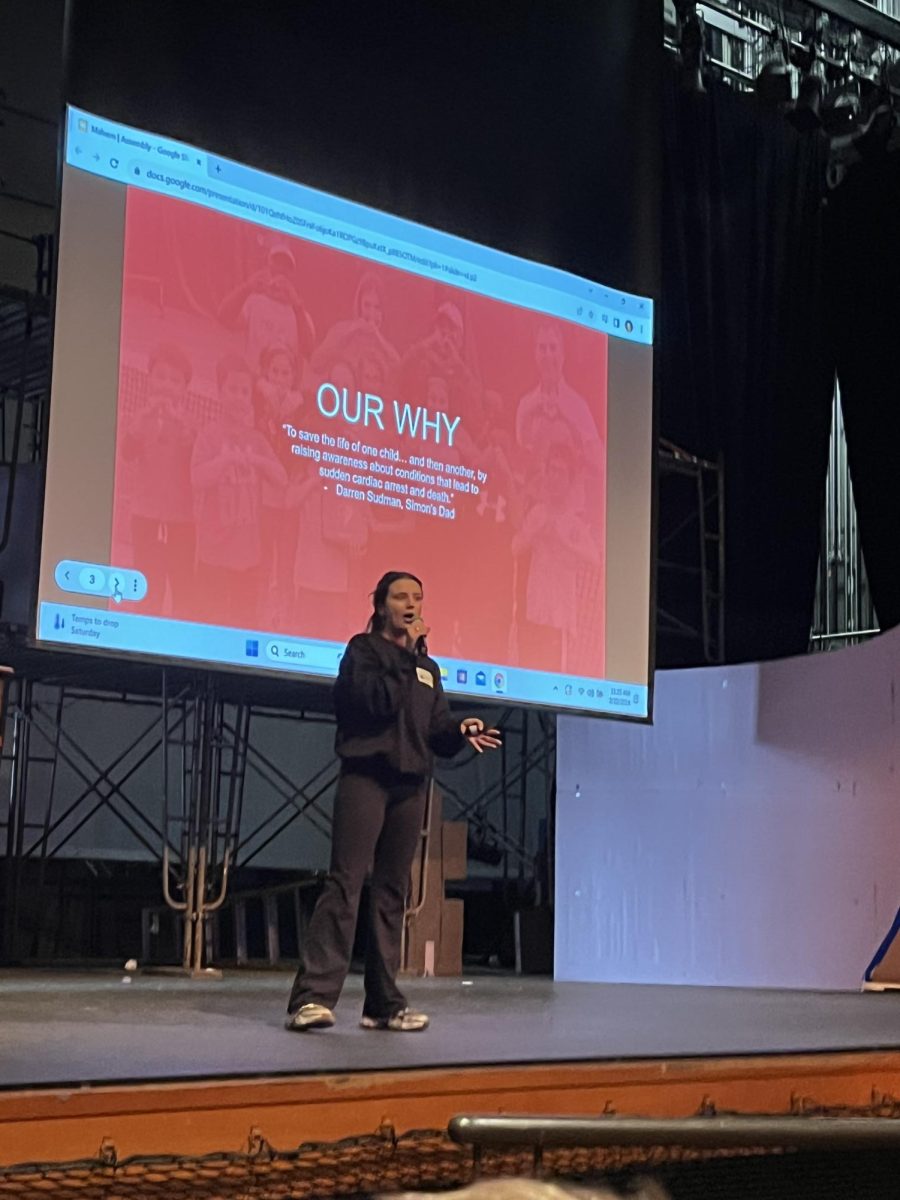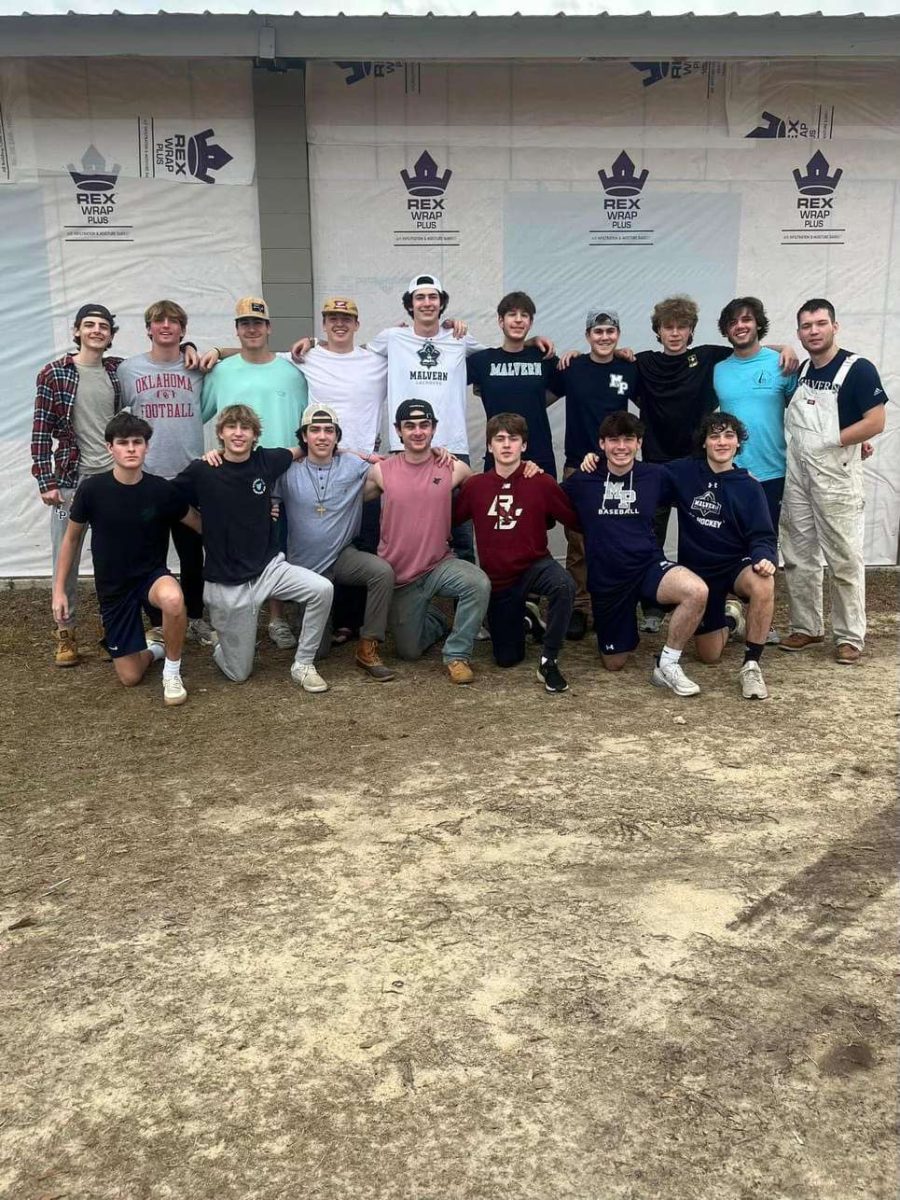Entrepreneur said his vision gives him a “why” in life.

After working at a family business for 25 years, Mr. John Lafferty ’82 founded his company CellMyLight, of which he is now President and CEO. The company produces a solar-powered flashlight that can also function as a phone charger.
Lafferty developed his product after going to West Africa on a mission trip, where he took notice of the lack of civil infrastructure.
“The infrastructure in West Africa, Liberia specifically but Sierra Leone as well, was completely devastated,” Lafferty said. “The rebels stole all the utility wires, they bombarded the hydroelectric plant, so there’s no land lines for telephones in Liberia and there’s no electrical grid.”
[perfectpullquote align=”right” cite=”” link=”” color=”” class=”” size=””]“Most people in life need to really have a why to carry their vision on. My vision is to help people… a large percentage of my corporate profits go into funding educational programs throughout the world.”[/perfectpullquote]
With the absence of landlines, cell phones are a necessity, and without any easily accessible electrical grid, charging a cell phone can be an arduous task.
“Without an electrical grid, it’s very hard for them to recharge their cell phones,” Lafferty said.
Lafferty saw that most West Africans have to walk 20-25 miles from their villages into center cities to get their phone charged. That led him to have a “lightbulb” moment.
“I developed this light so they could stay out in the country and once they charged their own phone, they could become entrepreneurs and charge their neighbor’s phone and charge a fee for it,” Lafferty said.
Lafferty said that others eventually began to recommend that he bring his flashlight to the US market.
“I was selling the light in Africa and Asia, in a lot of third world countries such as Laos and Cambodia and so forth,” Lafferty said. “I had a lot of my friends and business associates say there’s a real need in the US economy for a flashlight that could recharge a smartphone. Not only a cell phone, but a smartphone.”
Lafferty said that when researching the US market for a potentially competitive product, he couldn’t find any that had the capability to perform as a flashlight as well as charging a smartphone, which requires a more powerful charge than other types of cell phones.
“I did a lot of market research, and I found out there wasn’t a flashlight available in the market that could be used as a flashlight [it was a solar product], and secondly what I found in the marketplace would not charge a smartphone,” Lafferty said.
In order to meet the demands for a product that was powerful enough to charge newer generations of smartphones that existing products couldn’t handle, Lafferty ensured that his product would be able to fill that role.
“I developed my product on a strong battery electrical management system that would actually charge a smartphone,” Lafferty said.
Lafferty said that this sort of technology is important, especially when dealing with natural disaster situations.
“People need some kind of a flashlight, phone charger, and so forth that when they’re in an emergency situation, they have something to get them to safety,” Lafferty said.
Lafferty said he got the initial idea for his flashlight while at a trade show after returning from the mission trip.
“I was at a trade show, and I saw there was something that could be made into a flashlight from a solar application,” Lafferty said. “Basically, I matched a market need. I saw that there was a very strong need for a product like this in third world countries, and I built a very inexpensive flashlight to do that.”
Lafferty noted that there is a difference between the product sold stateside and the one sold in poorer regions of the world. “The flashlight I have here for the consumer market is more expensive because it does a lot more as far as charging a smartphone or a tablet,” he said.
Lafferty says that his typical day is about 10-14 hours, and that he often does work beyond his own business, including speaking engagements at night.
“I’m involved with various technical groups, so I might be speaking at night,” Lafferty said. “Not only am I working during the days, but I might be speaking at an engineering dinner meeting and so forth.”
Lafferty describes himself as a very hard worker. “I have no problem putting in a 12 hour day if I have to. I know sometimes I need to put in an eight hour day and sometimes a three hour day… I know when to work and when to play,” he said.
Long before he started Cell My Light, Lafferty was an entrepreneur on Long Beach Island during his summers in high school.
“I had my own seafood business in Long Beach Island, New Jersey. I sold crabs and clams to a lot of the seafood restaurants down at the shore. Here I was, this young teenager, but I had an ambition to sell,” Lafferty said. “I learned how to crab, bait traps, and how to bring stuff to market.”
While at Malvern, Lafferty said that two of his favorite teachers were Mr. John Wilwol and Dr. Joseph Oechsle, and that his most difficult class was Oechsle’s Calculus class.
“There’s a lot of good teachers there, Fran Kenney was a teacher [that I had], Rich Roper was a teacher [that I had] a lot of the teachers I know there are very high caliber people, and I truly respected them when I was there,” Lafferty said.
During his time at Malvern, Lafferty played soccer, participated in intramurals, started a fishing club, played in the band for four years, and played the bass for four years in musicals.
Lafferty said that he was an outlier during his time at Malvern in that he lived in Delaware County.
“I felt different from the standpoint of I was maybe one out of 400 kids that went to Malvern that lived in Delaware County,” he said. “Most of my friends went to O’Hara, or Bonner, or Prendie.”
According to Lafferty, Malvern helped to prepare him for college, “I went into Drexel in commerce and engineering, and I felt like it really helped me prepare as far as my study habits and my student work ethic… I think it really prepared me for life,” he said.
“It gave me an opportunity to learn very good structure,” Lafferty said. “When I got to college, I knew how to study, I knew how not to be bashful, to go ask the teacher something, and I just knew how to present myself.”
In his spare time nowadays, Lafferty has a number of hobbies, including chess, pitching horseshoes, and golfing.
He also devotes time to teaching and volunteer work at organizations such as Pennsylvania Free Enterprise Week, Junior Achievement, and Safe Sanctuaries.
Lafferty said his vision gets him excited to do what he does every day.
“Most people in life need to really have a why to carry their vision on,” Lafferty said. “My vision is to help people… a large percentage of my corporate profits go into funding educational programs throughout the world.”
He also offered some advice to students looking to become entrepreneurs. “I think it’s very important that if a student has an idea, is to pursue it,” he said. “There are lot of teenagers that have really good ideas, and naturally because of their age, they’re fearful.
Lafferty said he couldn’t stress enough the importance of doing market research prior to launching a business.
“A lot of people have great ideas, but when they go and implement it, they find out there’s five competitors that have thought of it,” he said. “But now with technology, there’s so many free avenues to research that if you have a dream, and do adequate due diligence in market research, you’ll accomplish a why. I really believe that.”






